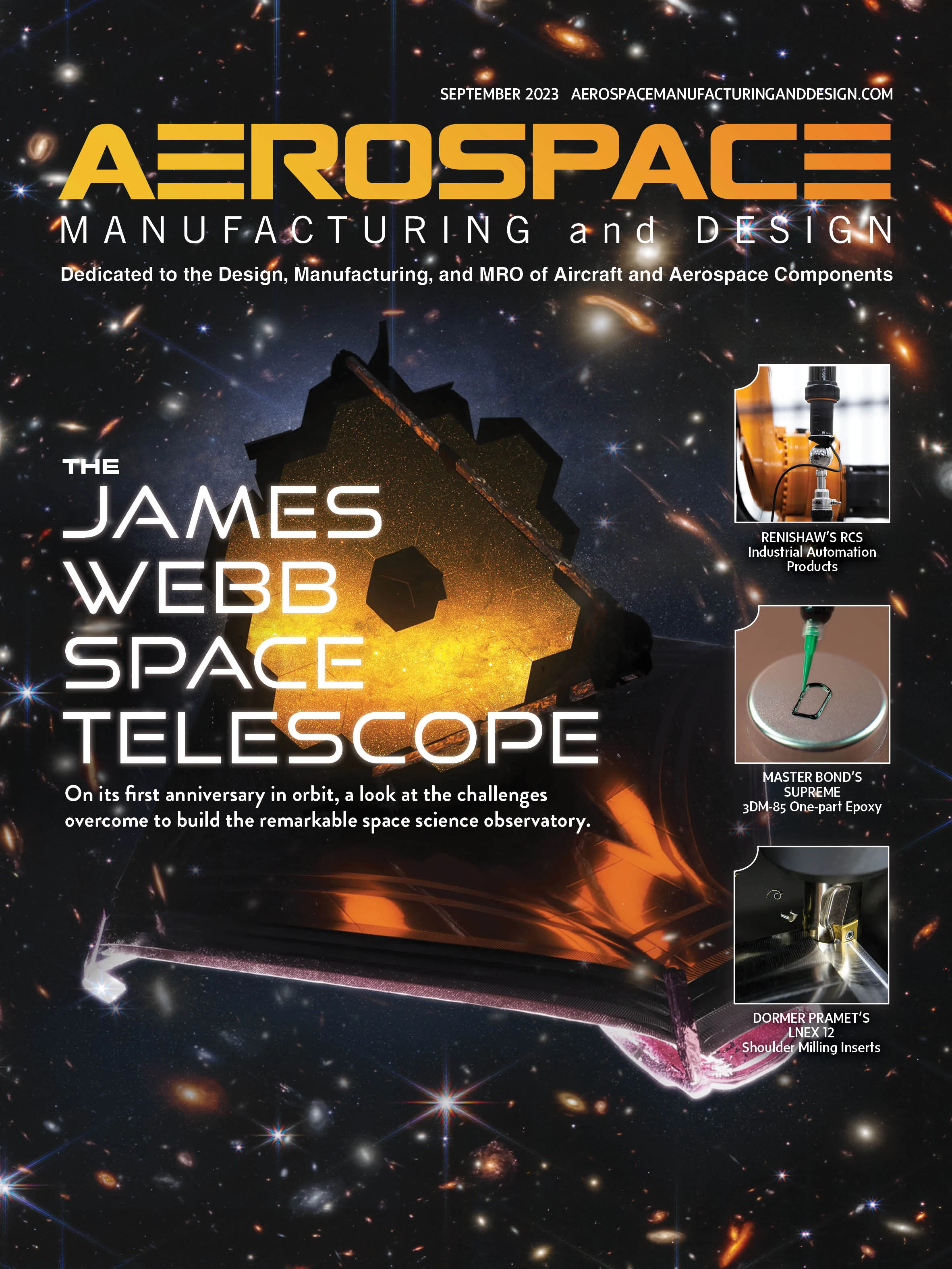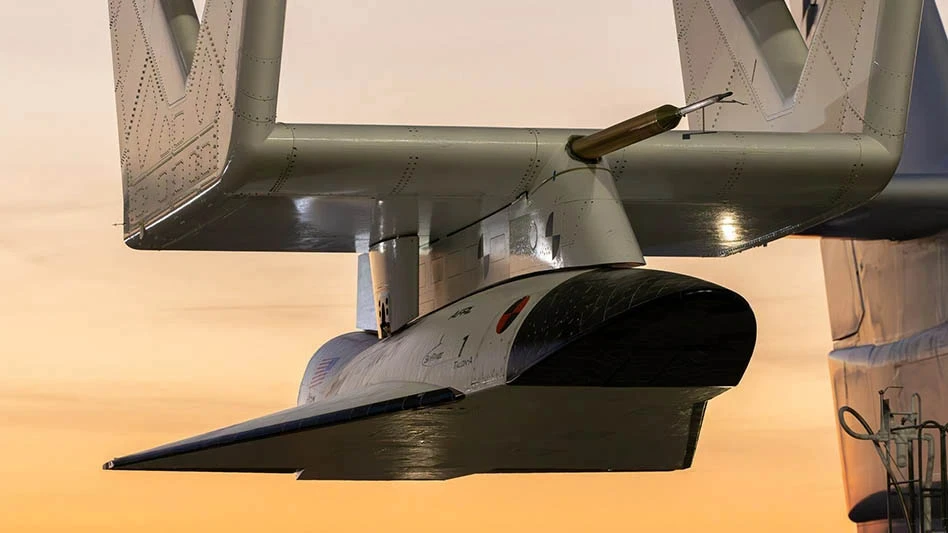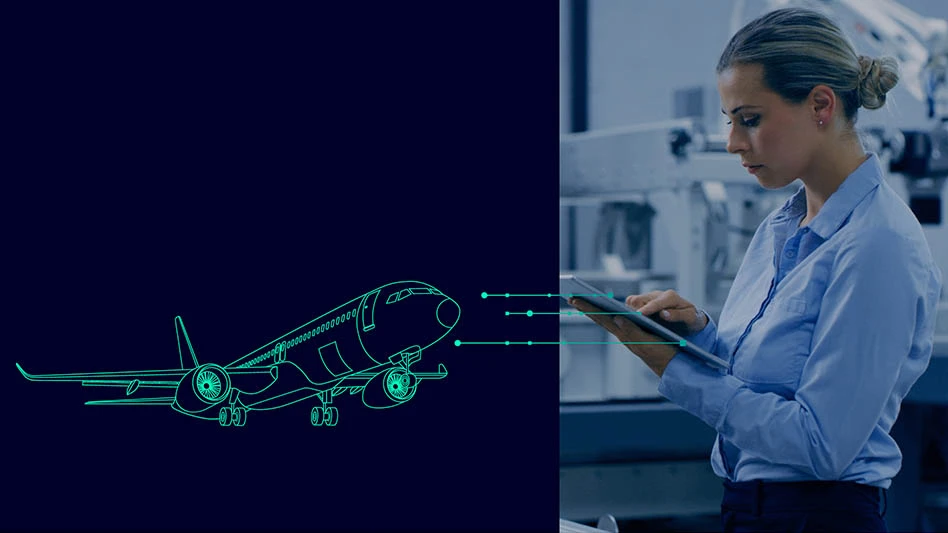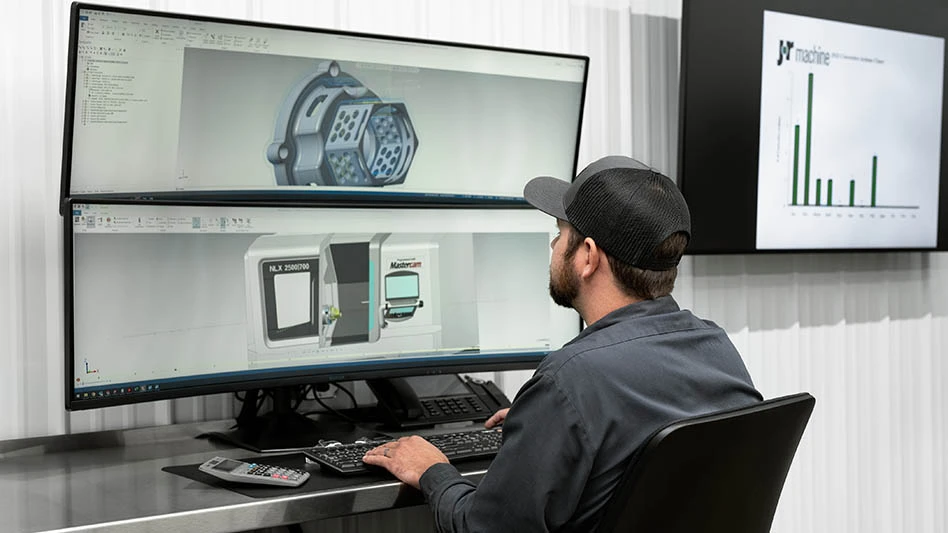
Today, we find ourselves engaged in a thrilling new space race. Private companies and governments have set truly audacious goals for returning to the moon, launching space tourism businesses, colonizing Mars, and eventually, exploring outer space beyond our solar system. The satellite field is undergoing a major renaissance as emerging technologies are helping established players and startups disrupt the space industry by delivering faster design cycles for space-based products such as satellites, more sophisticated payloads, and upgradeable communications systems. We’ve witnessed a steady ramp-up in innovation and non-government, private commercial investment in the satellite industry during the past five years.
With so much rapid development underway, there’s a growing need for high-fidelity simulation and emulation, as well as testing expertise, to ensure successful mission and business outcomes. The space industry is adopting more software-based automation and emulation tools to keep up with this accelerating pace of innovation. But according to a recent Coleman Parkes Research survey commissioned by Keysight Technologies, 76% of space professionals still see software test automation as the top technical challenge facing the satellite industry. More than half of survey respondents (53%) cited system-level modeling and simulation as the next pressing technical challenge, followed by 46% who cited design validation, according to the survey report Defying Gravity. These findings highlight the need for advanced automation and emulation tools that can accelerate design and engineering processes.
In top industry trends identified by respondents, 43% cited shortened product development times as the leading trend, followed by 37% who cited advanced payload systems and 34% who cited artificial intelligence (AI). Other key findings from the report include:
- Satellites – When looking at the top 10 industry trends for the next three years, respondents mentioned satellites most frequently. The top trend they identified was small satellites in geosynchronous earth orbit (GEO), followed by very high throughput satellites, cybersecurity, in-orbit services, and large constellations in low earth orbit (LEO).
- Data gathering, research, and communications applications – Respondents most frequently cited data gathering, research, and communications when identifying the applications that’ll most impact the space industry. The top application cited was big data gathering and analytics, followed by earth observation, global positioning/time services, science/research, and Internet/voice/broadcast services.
- Costs and supply chain risks – Survey respondents cited costs and supply chain as the greatest risks to their projects. The top risk cited was unpredictability in costs, followed by part/subsystem supply, technical scope, and program funding.
Overcoming obstacles

Survey respondents identified software test automation as their top technical challenge due to the complexity of satellites, along with their nature as a system-of-systems that’s part of a larger system. All this makes testing and evaluation a critical aspect of ensuring mission success. Even low-cost satellites must be thoroughly validated on the ground before launch, from early design through manufacturing and operation.
Plus, with the higher number of satellites being constructed, we’re transitioning away from a single satellite production model into a volume production situation where satellite factories are producing one or more satellites per day. This makes it impractical, if not impossible, to produce a satellite and verify its functionality manually. Human error, along with the need for consistency during multiple rounds of satellite system testing, make it critical to have strong process automation to eliminate possible defects.
Other technical challenges remain. Designing for high reliability – while optimizing for power efficiency and longer than a five-year lifetime – can be extremely challenging and must be thoroughly tested before a mission.
Another problem involves the use of radio frequency (RF) spectrum in communication satellites to ensure sufficient RF power and bandwidth, as well as steering RF signals to precisely where they’re needed. Low-cost phased array antennas are enabling improvements in this area. So are developments in free space optical transmissions that enable satellites to connect with each other via high-capacity laser links and route data based on the best connectivity to an earth ground station.
To meet faster development cycles, we’re seeing increased use of modeling and other digital twin tools to predict performance with an emphasis on failing fast and early, ideally in simulation. The industry is also making use of lower cost commercial electronics, often automotive grade in design and certainly with less stringent testing.
We’re also noticing some interesting partnerships and collaborations between early-to-market LEO satellite communications providers with terrestrial wireless network operators – such as SpaceX with T-Mobile and Amazon Kuiper with Verizon – to provide extended mobile coverage. Another noteworthy trend involves the U.S. government seeking to procure more of their satellite communications (SATCOM) services from the commercial sector to potentially augment their military SATCOM capabilities at a much lower cost.
The future potential for the space industry appears boundless, much like space itself. We’re already witnessing the commercial viability of high-resolution satellite imaging – more often in the public domain than with U.S. government assets – for applications such as capturing and reporting on natural disasters and intelligence gathering in warzones. Global satellite-based communications for broadband and narrowband applications also appear to be maturing very quickly as carriers leverage 5G technologies to expand non-terrestrial networks. While some business models have yet to be proven, firms such as OneWeb and SpaceX Starlink are leading the way with global connectivity.
The future will be a partnership
In the non-satellite realm, SpaceX has already proven the viability of commercial rocket launches. Commercial crew programs Dragon and Boeing Starliner are pointing to more commercial development and deployment of space assets. And multiple companies are working on a commercial space station, which is expected in the 2030s and possibly even a commercially funded venture on the moon or to asteroids. These initiatives will most likely lead to a requirement to test in space.
The rapid commercialization of space is based on heavy private investment funding for the creation of new business models. This new space race has also augmented the funds that governments have traditionally spent on tech development for national defense and scientific manned and unmanned exploration of space. Based on the recent survey findings, predicted commercial growth trends include reusable rockets, a boost in space tourism, new initiatives to clean up space junk, and the emergence of more satellites, especially LEO projects with lower launch costs that can accommodate smaller, cheaper spacecraft.
The cost of launching payloads to orbit has been reduced 10x to 100x in recent years, spurred by such firms as SpaceX and Blue Origin, which have developed and matured highly reusable rockets. By greatly lowering launch costs, they have opened untold opportunities for smaller startups to enter the market, and we should expect continued rocketing growth for the space sector throughout the coming years and decades.
Keysight TechnologiesAbout the author: Greg Patschke is the GM of Aerospace, Defense, and Government Solutions at Keysight Technologies. He can be reached at greg.patschke@keysight.com.

Explore the September 2023 Issue
Check out more from this issue and find your next story to read.
Latest from Aerospace Manufacturing and Design
- Archer completes construction of high-volume manufacturing facility
- Curtiss-Wright’s NXP 16-Core Arm-based VPX single board computer
- Happy New Year
- 2024 Favorites: #1 Article –2024 Forecast
- 2024 Favorites: #1 News – Honeywell to expand Kansas aerospace manufacturing facility
- 2024 Favorites: #2 Article – Hill helicopters get ready for lift-off
- 2024 Favorites: #2 News – GE Aerospace to develop next phase of advanced engine
- 2024 Favorites: #3 Article – Generative design in aerospace





